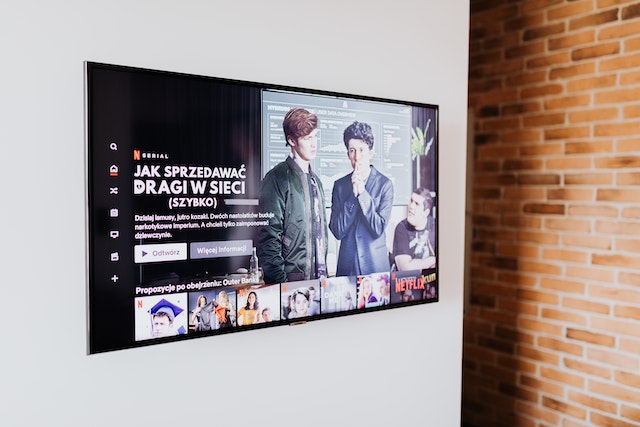Are you tired of making impulse purchases that leave your wallet feeling a little too light? It’s time to take control of your finances and make smart buying decisions. In this blog post, we will dive into the art of making wise financial purchases. From setting a budget to evaluating long-term value, we’ve covered you with practical tips to help you shop smarter. Let’s embark on this journey towards savvy spending together.
Set a Budget
 Setting a budget is the cornerstone of making smart financial purchases. Before you even think about hitting the mall or browsing online stores, take a moment to assess your finances. Determine how much money you can comfortably allocate towards your purchase without compromising your savings goals or essential expenses. Creating a budget doesn’t have to be complicated – jot down your monthly income and fixed costs. From there, decide on a reasonable amount that you’re willing to spend on non-essential items like clothes, gadgets, or dining out.
Setting a budget is the cornerstone of making smart financial purchases. Before you even think about hitting the mall or browsing online stores, take a moment to assess your finances. Determine how much money you can comfortably allocate towards your purchase without compromising your savings goals or essential expenses. Creating a budget doesn’t have to be complicated – jot down your monthly income and fixed costs. From there, decide on a reasonable amount that you’re willing to spend on non-essential items like clothes, gadgets, or dining out.
Look for Deals and Discounts
When making smart financial purchases, one key strategy is looking for deals and discounts. Whether you’re shopping for a new gadget, clothing, or even furniture, finding ways to save money can significantly impact your overall budget. One way to uncover great deals is by watching for online and in-store sales events. Many retailers offer discounts on certain products during specific times of the year, so it’s worth waiting for these opportunities to make your purchase. If you need a furniture for your backyard, watson’s louisville outdoor furniture sets are the best option.
Differentiate Between Needs and Wants
Understanding the difference between needs and wants is crucial when making smart financial purchases. Needs such as food, shelter, and clothing are essential for survival. Conversely, wants are things that would be nice to have but are not necessary. When considering a purchase, ask yourself if it fulfils a fundamental need or if it’s something you simply desire. By prioritizing needs over wants, you can allocate your resources more effectively and avoid unnecessary expenses. Getting caught up in the excitement of buying new things is easy, but taking a step back to evaluate whether it aligns with your needs will help you make more informed decisions.
Consider Long-Term Value
 When making financial purchases, it’s crucial to consider the long-term value of what you’re buying. Think beyond the immediate gratification and focus on how this purchase will benefit you in the future. Will it save you money over time? Will it provide lasting quality and durability? Choosing products that have a longer lifespan or offer ongoing benefits can save you money in the long run. Consider things like energy-efficient appliances that reduce utility bills or high-quality items that won’t need frequent replacements.
When making financial purchases, it’s crucial to consider the long-term value of what you’re buying. Think beyond the immediate gratification and focus on how this purchase will benefit you in the future. Will it save you money over time? Will it provide lasting quality and durability? Choosing products that have a longer lifespan or offer ongoing benefits can save you money in the long run. Consider things like energy-efficient appliances that reduce utility bills or high-quality items that won’t need frequent replacements.
Investing in items with good resale value also contributes to your long-term financial well-being. Quality pieces hold their value better and can be resold if needed, recouping some of your initial investment. Remember always to prioritize your needs over wants, seek out opportunities to save money through discounts or promotions, and consider how each purchase will contribute to your overall financial well-being. With these strategies in mind, you can become a more savvy consumer who makes wise choices with their hard-earned money. So start implementing these tips today to make smarter financial decisions moving forward.…





